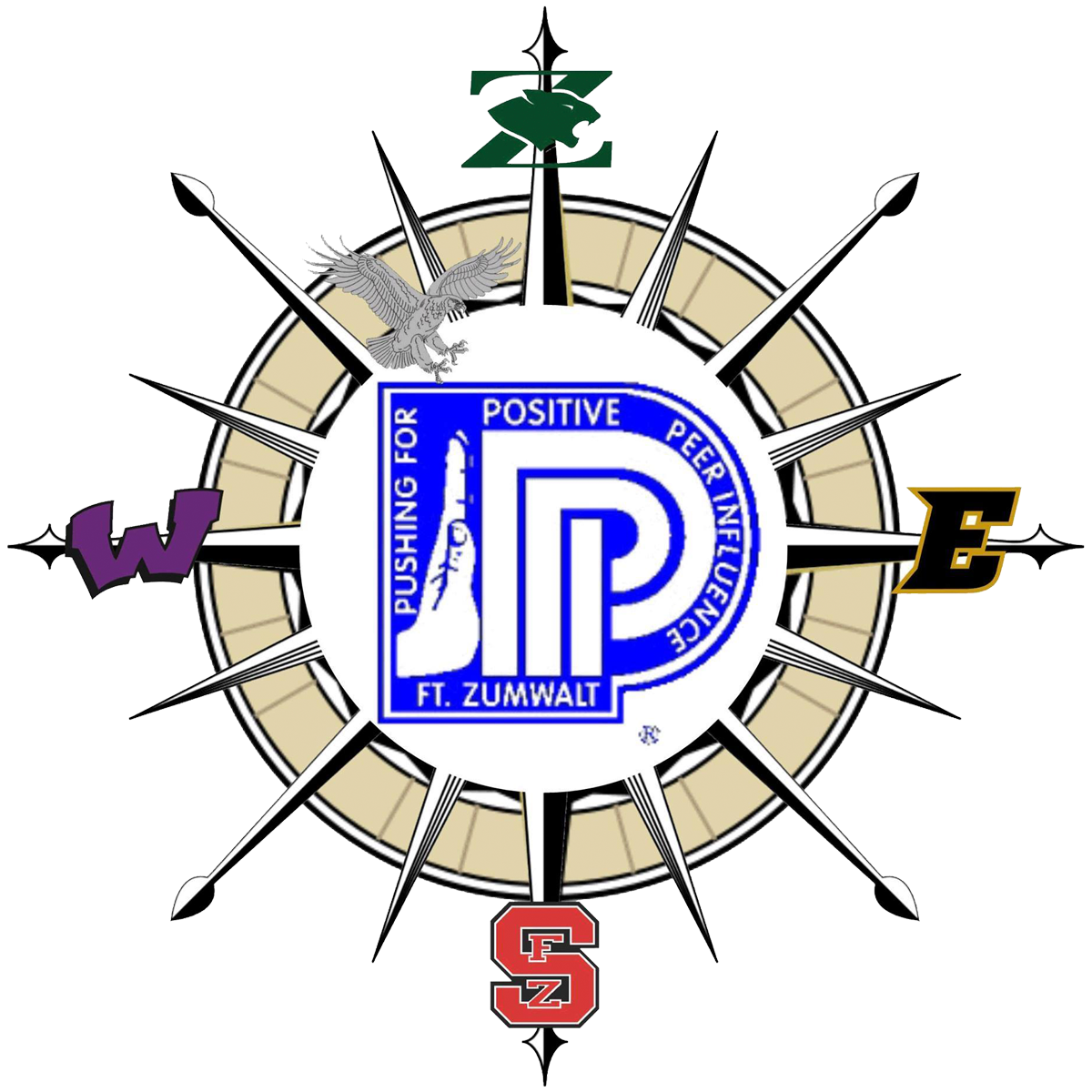Middle School Science
The overarching goal of science education is to engage students in active learning experiences with data and evidence so they a construct more accurate understanding of science concepts. In response to this goal, reforms in science education have been aimed at articulating the knowledge, practices, and habitats that students must acquire to gain higher levels of science literacy. Created by scientists, industrial leaders, teachers, and college professors that was lead by the states for the states, the Next Generation of Science Standards (NGSS) has made a large impact on how science is being taught. The NGSS or standards based on its framework have been adopted by 38 states, including Missouri. In 2016, Missouri adopted the Missouri Learning Standards for Science, which was based on the framework of the NGSS. The framework of the new standards are intertwined and scaffolded by grade level between three components: Science and Engineering Practices (SEPs), Disciplinary Core Ideas (DCIs), and Crosscutting Concepts (CCCs). The world is facing tough challenges, and we need problem-solvers to solve them. While we do not know what are the specific jobs of the future, we do know the science and engineering will play a key role in the majority of those jobs. Rote memorization takes a backseat to student curiosity, authentic problem solving, and doing science. Starting in elementary with the MySci program, the Fort Zumwalt School District’s Science Department is making the shift into three-dimensional teaching, using the SEPs, DCIs, and CCCs together. All science courses will strive to provide students with opportunities to ask questions, develop hypothesis, test models, make evidence-based arguments, and use skills that real scientists use in their practices. Teachers will see evidence that their students are doing science when they see them use the science and engineering practices. The addition of classroom computers will be an integral part of helping students collect and analyze meaningful data, reinforce mathematics in a meaningful way, use simulations and models, and communicate their ideas. According to the U.S. Department of Commerce, careers in STEM tend to have higher wages, lower unemployment, and are vital to our nation’s technological innovation and global competitiveness. STEM careers are a growing field and the jobs of the future. We hope that our new standards, laboratory equipment, and technology will produce STEM-qualified students as they prepare for college and the working world.
